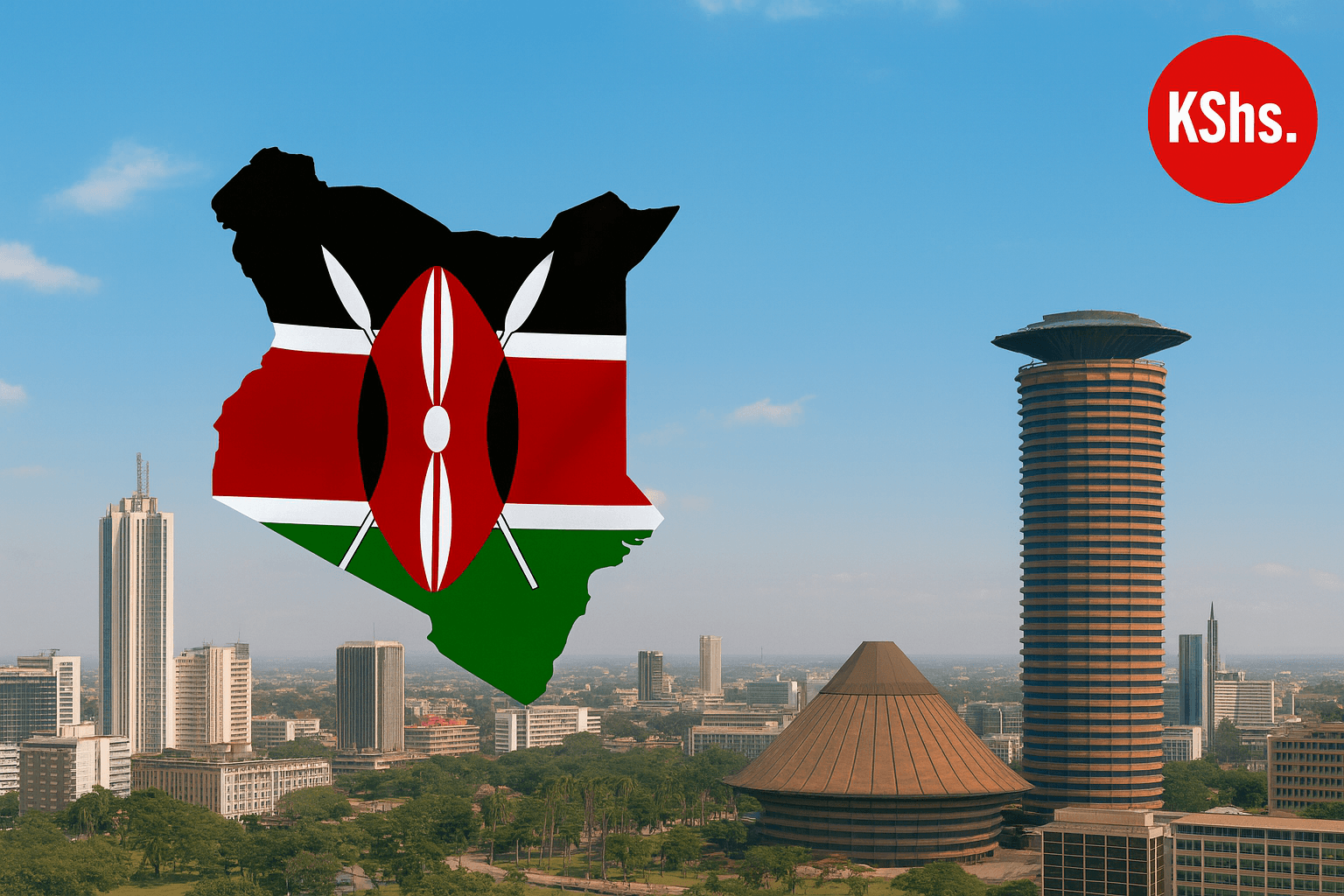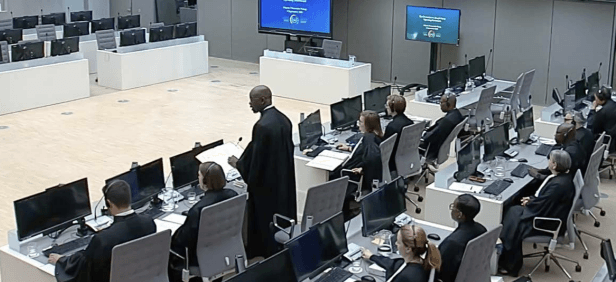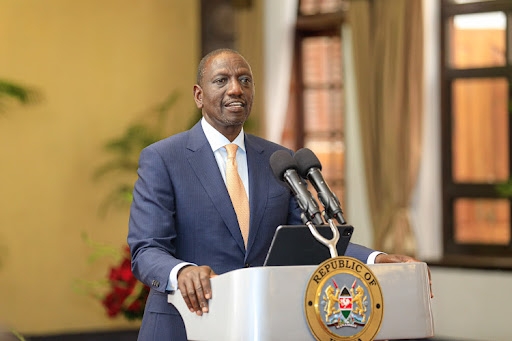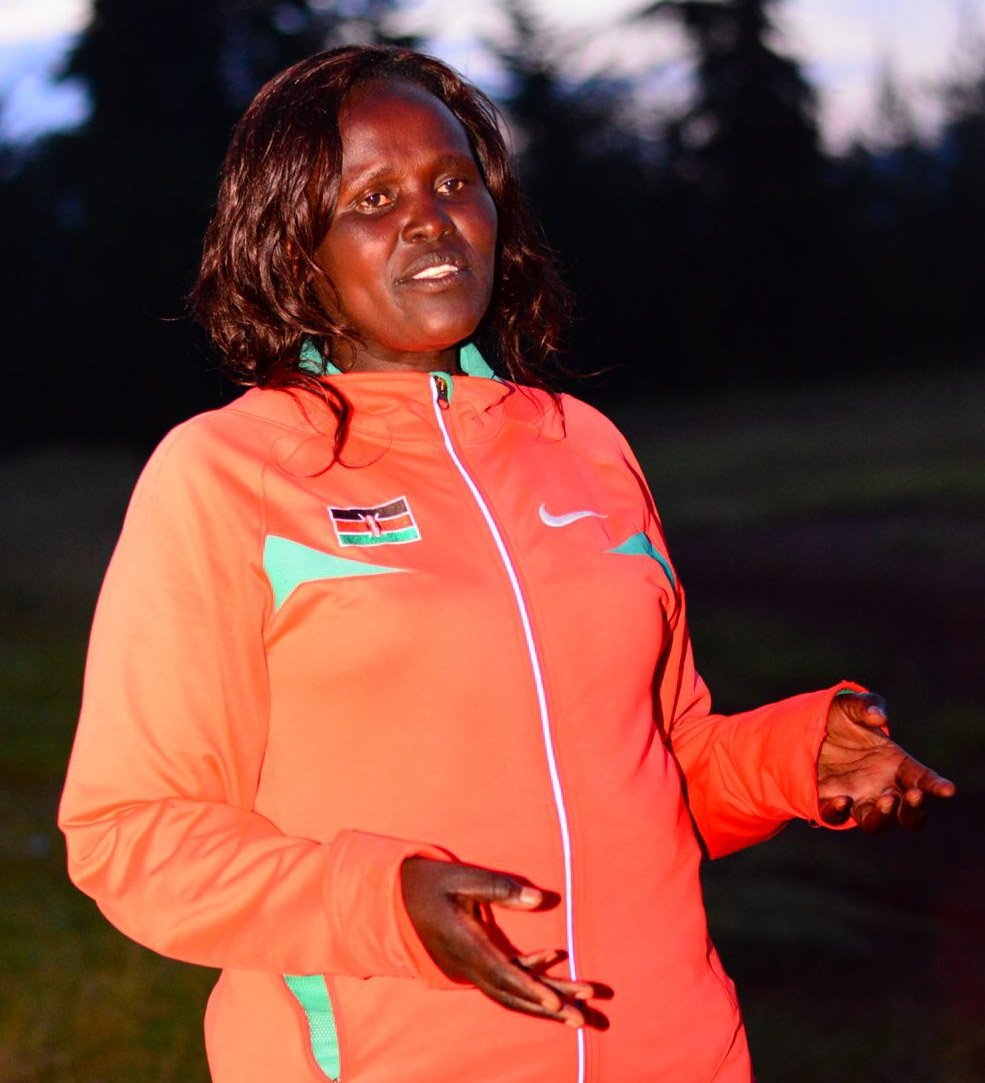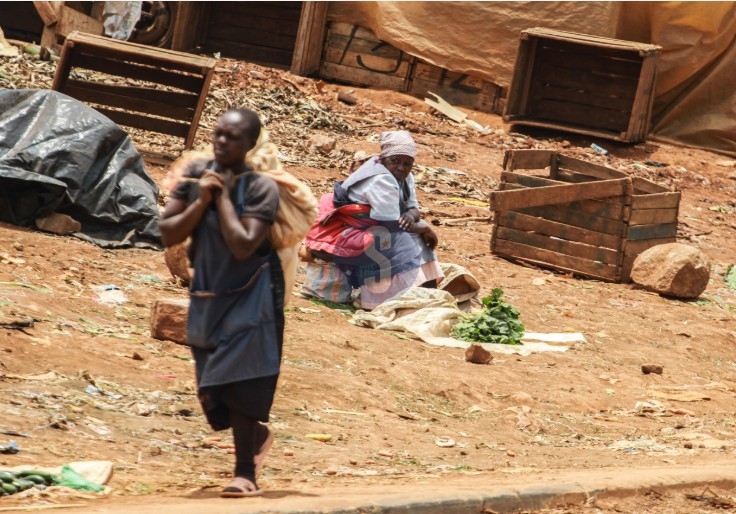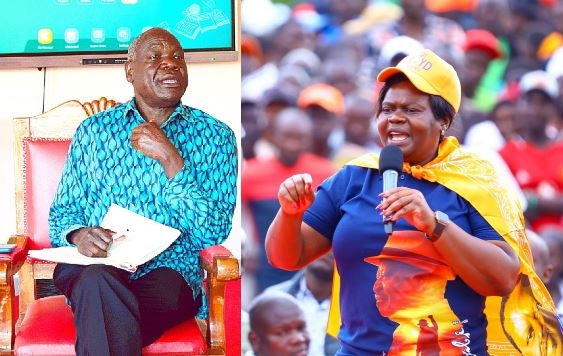Towards the end of the 90s, the highly contentious debate of benefit-sharing emerged.
Today, benefit-sharing is even more widespread.
For instance, many counties are agitating for benefits from hosting wildlife.
The Nairobi county becomes the latest to demand proceeds from the Nairobi National Park.
Apart from being close to the city, the park hosts a wide variety of wildlife including the endangered black rhino, lions, leopards, cheetahs, hyenas, buffaloes, giraffes and a diverse birdlife with over 400 species recorded.
Visitors can enjoy picnic sites, three campsites and walking trails for hikers, making the park a darling for nature enthusiasts.
Kenya Wildlife Service Director General Erustus Kanga disclosed the county's demands on August 9.
“As I speak, I have a letter from the Nairobi county on my desk. It wants half of the revenue generated from Nairobi National Park,” Kanga said.
In the letter, Governor Johnson Sakaja provided an account number where KWS should deposit the cash.
It currently generates Sh1.2 billion.
During the financial year 2023/2024, KWS earned Sh7.67 billion, an impressive increase of Sh2.3 billion from the previous financial year, making it the highest-ever internal revenue generated.
Total visitors increased by 37 per cent, from 2,322,224 in FY 2022/23 to 3,181,424 in FY 2023/24.
But despite making large sums of money, communities feel they are getting a raw deal.
Many communities host wildlife and have experienced untold suffering as a result of the ever-growing human-wildlife conflict.
Another county that has been angling to benefit from wildlife resources is Taita Taveta, which is eyeing 50 per cent of revenue collected from the Tsavo National Park.
Already, the national government has proposed to hand over the management of Amboseli National Park to Kajiado county.
The Ministry of Tourism has formed a 26-member advisory committee to oversee the transfer.
However, conservationists are against the move, warning that counties have no capacity nor the financial discipline to manage any parks.
Nakuru is also clamouring for revenue from parks within the county while the Aberdare National Park faces a similar challenge of takeover.
Kanga said the main reason counties are claiming some of the protected areas is because "they do not feel the benefit".
With equitable sharing, the agitation from counties will end, he added.
Conservation Alliance of Kenya CEO Steve Itela says there is an urgent need to have a framework for benefit-sharing.
“Amboseli is a clear case of benefits not shared or if shared isn’t enough,” Itela said.
CAK is an umbrella organisation of 50 NGOs advancing the preservation, protection and management of wildlife and its habitats.
Itela said the Amboseli handover could trigger relentless pressure.
“I do not know if the government is prepared. The question is who has resources and who is shared with?”
The Kenyan law recognises that natural resources belong to the people.
He said other communities will feel sidelined should they benefit more than others.
But it is not only proceeds from wildlife resources that counties are relishing.
In March last year, the leadership of Murang’a demanded the Nairobi City Water and Sewerage Company pay for the supply it draws from the county's rivers.
While Murang’a supplies a large percentage of water distributed in the capital city and its environs, locals are forced to contend with a lack of water and have to trek long distances in search of supplies.
Ndakaini Dam, the biggest reservoir in the country and which is in Gatanga constituency, supplies about 84 per cent of water used in Nairobi.
The dam draws its water from the Thika, Githika and Kayuyu rivers.
It has a storage capacity of 70 million cubic metres and is 65 metres deep, producing 430,000 cubic metres of water for Nairobi.
Access to benefit-sharing has been a major challenge and communities now feel disfranchised.
However, there have been efforts focusing on community governance and equipping counties with access and benefit sharing to help them understand and negotiate.
Environment PS Festus Ng’eno emphasised the need to have an equitable sharing formula in place, saying it will help navigate the challenges.
Ng’eno said the carbon credit regulations captured how benefits ought to be shared.
Kenya’s Climate Change (Carbon Markets) Regulations, 2024, gazetted on May 17, 2024, says land-based public or community land projects must contribute at least 40 per cent of their previous year's earnings to the community.
The non-land-based projects must contribute at least 25 per cent.
Under the regulations, a land-based carbon project is any initiative that relates to land use and management, and ecosystem conservation or restoration.
Such projects are aimed at reducing greenhouse gas emissions or sequestering carbon (process of storing carbon dioxide to reduce its amount in the atmosphere).
To enhance benefit-sharing, some communities are in the process of developing bio-cultural protocols.
Such protocols lead to livelihood improvement by securing communities' rights to their natural resources and traditional knowledge.
Bio-cultural protocols have been piloted in 13 counties but have been rolled out in the six; Kilifi, Makueni, Narok, Kisii, Kericho and Murang’a.
Some of these communities have governance structures.
The Convention on Biological Diversity is an international treaty for the conservation and sustainable use of the components of biodiversity and the equitable sharing of the benefits derived from the use of genetic resources.
The treaty seeks to address all threats to biodiversity and ecosystem services, including threats from climate change, through scientific assessments, the development of tools, incentives and processes and the transfer of technologies and good practices.
Others include the involvement of relevant stakeholders, including indigenous peoples and local communities, youth, women, NGOs, subnational actors and the business community.
With 196 parties, the CBD has near-universal participation among countries.
The Nagoya Protocol, which came into force on October 12, 2014, also has a provision for benefit-sharing.
It provides a legal framework for the implementation of one of the three objectives of the CBD: the fair and equitable sharing of benefits arising out of the utilisation of genetic resources.
The protocol also covers traditional knowledge associated with genetic resources.


